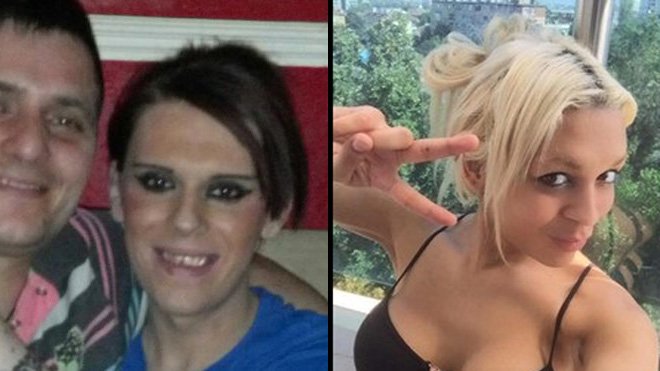Trans prisoners should be housed according to gender identity, says government report
By Will Stroude

A government report into the treatment of transgender prisoners has concluded that inmates should be housed according to their gender identity.
The report concluded that “people who are living in a gender different to that of their assigned sex at birth should, as a general presumption, be treated by offender management services according to the gender in which they identify.”
An investigation into how the prison service deals with trans inmates was conducted after a number of cases where trans women had been attacked or self-harmed after being placed in men’s prisons, including Tara Hudson, who reported being treated like “an animal in a zoo” until a wave of public outrage saw her placed in a women’s prison last year.
The findings state: “Clear, reasonable criteria should be applied from the outset for all transgender people who receive a binary (i.e. either a male or female) service from NOMS, where it is required.
“This process should be free from bias, follow a clear, recorded process and be undertaken by staff who have a sound basic awareness of transgender identity, with
access to specialist advice.
“The transgender person must be fully involved with face-to-face assessment and the giving of reasons both orally and in writing.”
Currently, trans women can still be placed in male prisons if they are unable to provide legal recognition of their gender, leading to many who identify as, have lived as, and present as female being placed in the wrong prisons. But new recommendations would mean officials don’t have to defer to legal gender when it comes to placing trans people.
However, prison decision makers can refuse to place someone in the prison that corresponds to their self-identified gender if there is a “lack of evidence” of their gender identity.
“There will be circumstances when a transgender person’s location cannot be straightforwardly reconciled with their views,” the findings say.
While this caveat still leaves trans people at the mercy of cisgender ideas of what constitutes “evidence” of being trans, the guidelines recommend that “regardless of where prisoners are held, they should be respected in the gender in which they identify, being provided with those items that enable their gender expression.”
Welcoming the report’s findings, the Ministry of Justice said: “It is apparent that the treatment of transgender people in courts, probation and prison services has not kept pace with the development of a more general understanding of the issues surrounding gender in society.”
“Policy in this area needs to evolve and take as its starting presumption a wish to respect someone in the gender in which they identify, once in the care of the criminal justice system.
“Allowing transgender offenders to experience the system in the gender in which they identify will, in the great majority of cases, represent the most humane and safest way to act.”
“We believe it will also assist successful rehabilitation. In the minority of cases where that is not possible, the reasons for departing from this starting presumption must be clear, explicit and made known to the person they affect, especially when it involves assigning someone to a male or female prison.”
More stories:
What will a Trump presidency mean for LGBT people?
Tom Ellis in a sauna in the latest episode of ‘Lucifer’? Yes please – PICS
